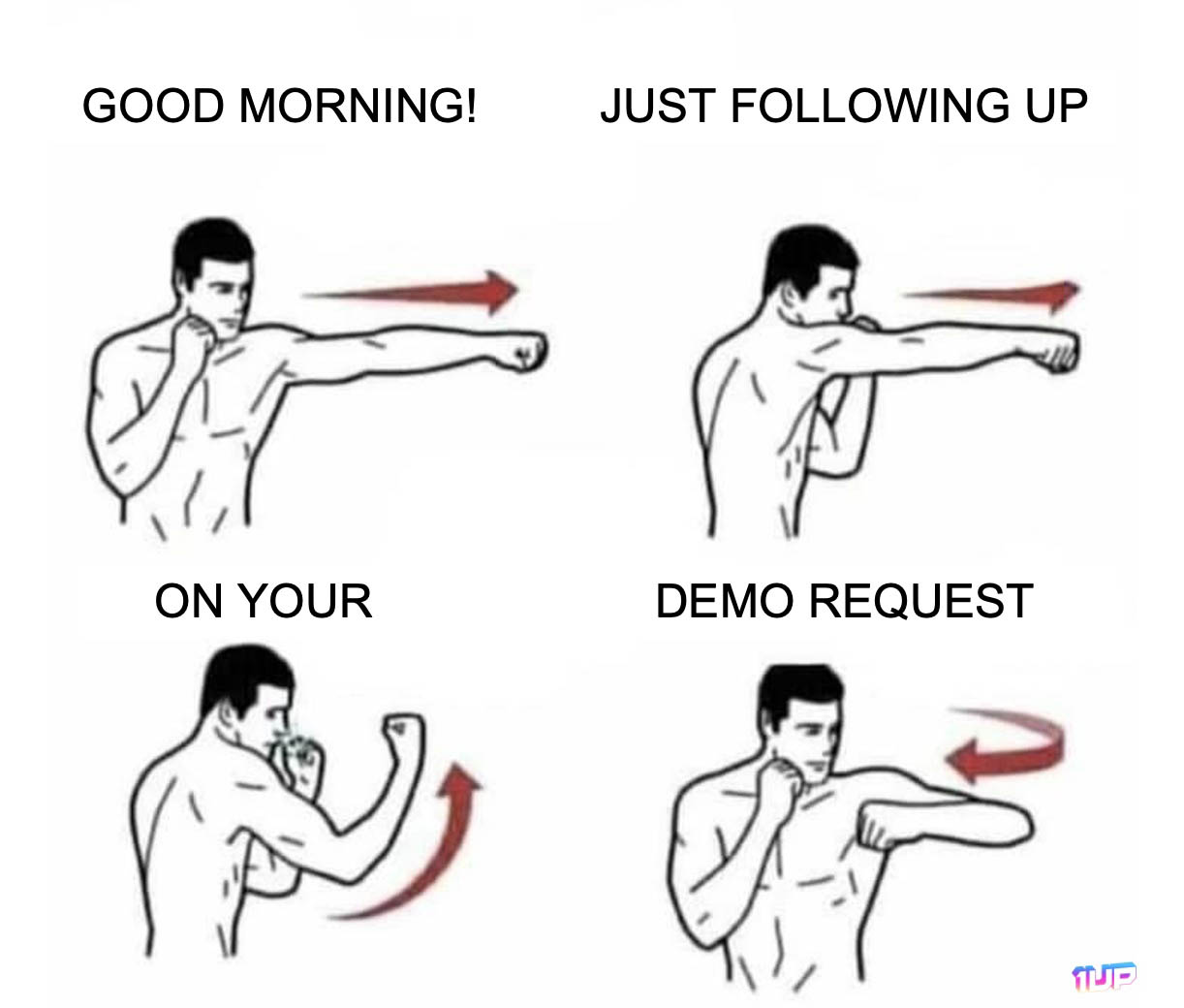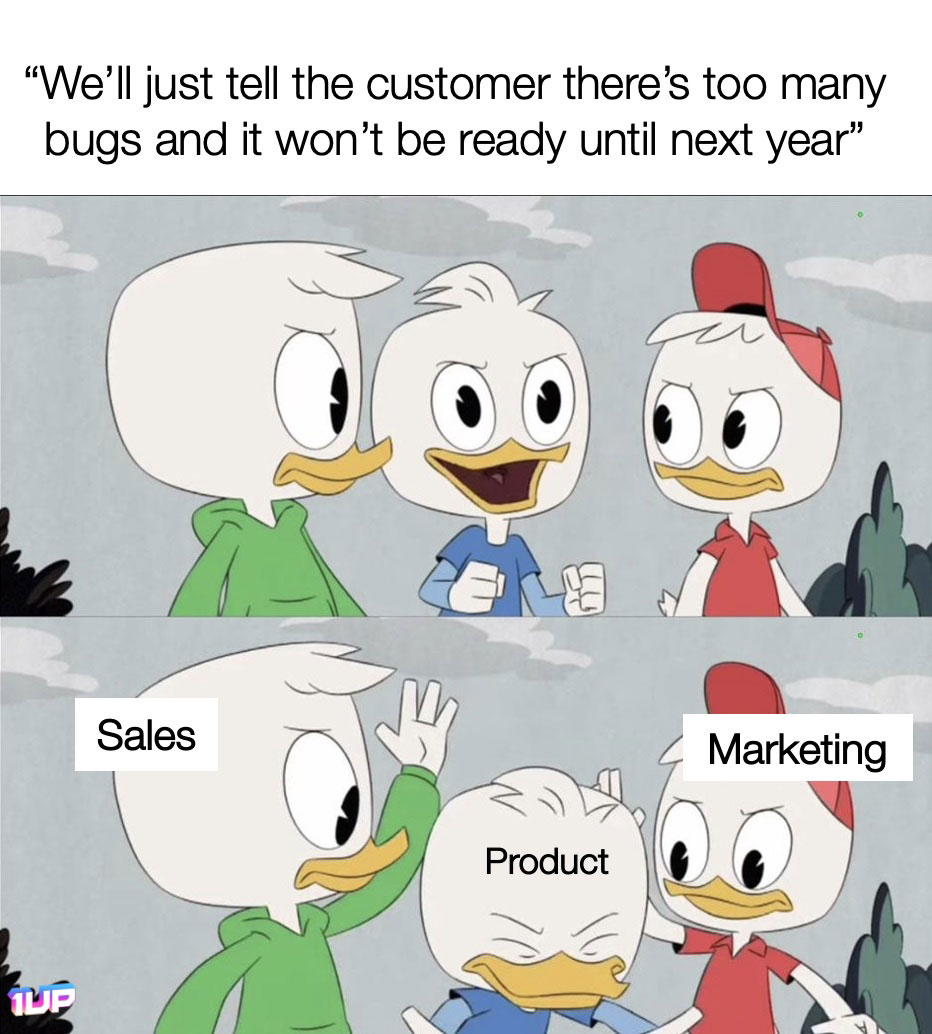Sales and marketing teams are supposed to be partners, working together to drive revenue. But too often, they feel like they’re on completely different planets. Marketing spends months crafting campaigns, only for sales to claim the leads are worthless. Sales grinds to close deals, only to hear that marketing thinks they’re not following up correctly. The result? Frustration, wasted effort, and missed targets.
The real problem isn’t effort or skill—it’s misalignment. Without a shared understanding of what success looks like, both teams end up working in silos, pulling in different directions. That’s why sales and marketing alignment best practices aren’t just “nice to have.” They’re essential for any go-to-market team that wants to function smoothly and, more importantly, win.
If your teams are feeling disconnected, don’t worry. There are clear, simple ways to get everyone back on the same page. Let’s break down the strategies that actually work.

Perhaps you feel like you’re drifting apart. Or worse, you’re playing the blame game about why quota was missed. This rift can be the start of a death spiral for businesses of all sizes.
Misalignment between these departments can happen for many reasons. Here are a few ways how to keep sales and marketing aligned.
Key Takeaways
- Get both sides to agree on what “good” looks like – especially when it comes to lead quality.
- Sharing information builds trust. Be open about the state of sales and make knowledge sharing easy between the teams.
- Unify both teams behind a great product. A strong focus on product creates a backbone for the whole GTM org.
1. Align on What Is a “Bad Lead”
Sales reps hate when an unqualified lead is handed off to them. You know, the kind of lead that will obviously not buy your product. Why are they even in the pipeline? Maybe they took the demo call because someone bribed them with a Starbucks gift card.
Trading coffee for calls is a bad idea. What’s even worse is dumping a few of these meetings on a sales rep knowing full well that they’re low quality prospects.
Drop the lead volume quota and focus on Quality over Quantity.
We’re going to get skewered for suggesting this, but try dropping the quota and see if marketing delivers better quality output. The quota may be a detriment as it puts pressure on marketers to deliver some arbitrary number of “leads.”
Having a shared understanding of what is a bad lead can prevent many negative experiences. Sales should know that asking for “more leads” will not always yield good leads. And marketing needs to understand that an intern at a Fortune 500 accepting a call for a free Caramel Macchiato is probably not going to be able to authorize $50,000 in new software.

2. Stop Spamming
Your sales team doesn’t want your prospects receiving spam emails.
There are few things more irritating than a sales rep finding out that one of their top prospects just got an automated email with a coupon code. It happens more often than you might think, and it’s a symptom of a broader misalignment between the teams.
Suggestion: Come up with a “Do Not Mail” list with the sales team.
This will give you a shared understanding of who is completely off-limits when it comes to marketing comms. Perhaps its a complex sale, or a high value prospect that a rep is working with, or an entire territory that won’t respond well to unsolicited emails (looking at you, EU).
Turn down the volume on email spam and be more surgical with automated outbounds. Marketing teams don’t need a 16-touch email cadence powered by 4 different Hubspot workflows. It’s not 2009…people receive way too many emails as is.
Getting aligned on your outbound email campaigns can save both departments a lot of stress down the line.

3. Join Sales Calls Together
Marketers – it’s important that you occasionally join your sales teams on customer calls.
This is a common practice that happens often during the first few weeks of onboarding but then drops off over time.
You’d be surprised at how many marketing managers haven’t heard their customer’s voice in months, or have never listened to a sales call in the first place. Don’t make this mistake.
Join your team on a sales call. Today. Right after reading this post.
Do this every quarter. Don’t just listen to recordings. Hear what the prospects have to say and how your team responds in real-time. Feel your team’s anxiety when a tough question is asked, hear the tone of voice when the buyer describes their problem. Take note of the objections and positive feedback from the customer.
Not only will this make your job 5x easier, it will build a bond between you and the reps – a bond that doesn’t end with the call. There’s nothing quite like being in the trenches and pitching prospects together.
Revenue is THE metric
I’ve long felt that marketing’s primary KPI should be revenue. Too often marketing leaders and their teams are measured by the number of leads sourced. But who cares if 10,000 enterprise leads were dumped into the database if none of them convert to a deal?
Christine Castro, VP Global Marketing, DuskRise
4. Make Your Product Team the Center of Gravity
Sales blames marketing for not bringing enough leads.
Marketing blames sales for not closing enough deals.
Does this sound familiar? The blame game is an old and easy way of creating a disconnect between the two teams. And yet, the disconnect might actually be with a third group.

That’s right, the Product team.
The problem is not always that sales and marketing feel disconnected from each other, but that they’re both feeling disconnected from the product.
Solve this by spending more time with the Product team. That doesn’t mean you need to form a big product council that meets for 3 hours every week. It could be as simple as meeting for lunch once a month. Or having product join you for a sales & marketing call every quarter.
Want to take this a step further? Add your product team to the Sales Kickoff agenda.
That may sound unusual for some organizations, but with the growing trend of Product-Led companies, we wouldn’t be surprised if the typical SKO starts to skew more towards product initiatives.
The goal is to build a shared understanding of the product org. This can make product the center of gravity around which sales, marketing and everyone else will be more inclined to work together.
5. Let Sales In on the Roadmap
“We had no idea this announcement was coming out today.”
If you’ve heard this before then you know how frustrating it can be for a sales team to feel out of the loop on what’s coming down the pipe. Getting blindsided by a product announcement or missing out on an important company event can be immensely frustrating.
Great marketers can make sales feel like the marketing calendar is their calendar.
That means upcoming events, product launches, and new content should all be regularly communicated across the org. Let the team know what’s going on and they will feel empowered to use the content you deliver.
- New demo video on the website?
Share it with the team and add commentary on why its important. - New blog post coming out tomorrow?
Send them a link in advance and tell them how they can use it with a customer. - Conference season coming up?
Keep a shared calendar internally that sales can look to anytime. Send reminders days/weeks in advance.
Overcommunicate your marketing roadmap. It might feel tedious sometimes, but the payoff is worth it. A sales team that knows what’s happening can use those tools to their advantage and ultimately drive more revenue.
Align Your Sales and Marketing Teams Instantly with 1up
Building alignment between sales and marketing doesn’t have to be a long, painful process. 1up makes it simple by centralizing all your sales content, marketing assets, and product knowledge in one place.
Instead of sales reps scrambling for the right messaging, case studies, or RFP responses, they can simply ask 1up and get the exact information they need—instantly. No more confusion. No more wasted time. Just seamless alignment between teams.
If you’re serious about sales and marketing alignment best practices, it’s time to stop the guesswork and start using a system that actually works. Try 1up today and keep your go-to-market teams in sync, effortlessly.
Bonus Tip: Take Long Trips Together
Doesn’t matter if it’s a hike, a conference, or a company retreat. Traveling together is the best way to achieve sales and marketing alignment.
The second best thing you can do is follow the steps in this guide and build a life-lasting bond with your teammates.




 Instagram
Instagram 











